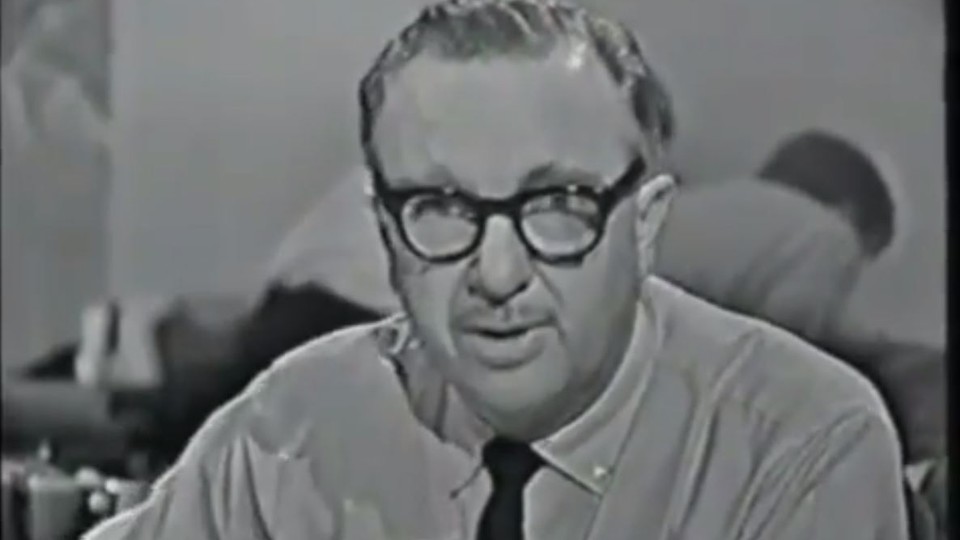It doesn’t take too hard a look to realize the automotive industry in the United States is in a bit of a weird place. Not only are product plans and regulations seemingly in a state of constant flux, but the price of a new car has never been harder to swallow. In fact, according to a new report from the Consumer Federation of America, U.S. buyers currently owe more than $1.66 trillion in auto-related debts.
The auto debt situation is nothing new, as Americans on the whole are generally dependent on vehicles that are too expensive for most people to buy outright. Combine that with the fact that the average prices of both new and used cars are higher than they’ve ever been, and it’s no surprise people are forced into borrowing large sums. That said, this recent report points out some concerning trends.
According to the report, the average car payment in the States is now around $745, with average loan amounts totaling over $41,000; nearly 20 percent of buyers have found themselves with payments of more than $1000 a month. Loan terms are also creeping back to rates similar to those before the Great Recession, with one in five buyers stretched out on a seven-year term. We’ve even seen the return of the eight-year loan, which all but disappeared following the sub-prime lending crisis.
Speaking of the Great Recession, auto buyers are also defaulting in their payments in ways we haven’t seen since 2008. Delinquencies on payments are almost on par with pre-crisis figures, and have dramatically outpaced the rates experienced during COVID. An analysis of the New York Fed’s consumer credit panel found that buyers in 2024 with an above-average credit score (620-679) were twice as likely to fall behind on payments than they were prior to the pandemic. That’s particularly true of buyers aged 18-29, who, according to the report, are falling into serious delinquency (90 days late or longer) more than older generations. Repossessions were also up 43 percent from 2022 to 2024, representing the highest rates since 2009.
Things aren’t much better on the used car side of things. Prices were up 6.3 percent year-over-year as of June, continuing the trend started during the supply constraints of the pandemic. Furthermore, one-in-four trade-in vehicles have negative equity attached, meaning that people are upside down on a large portion of the cars on sale today.


Back when you could get a Corolla or Civic with 200k miles for $1,000 and get another 50k to 100k miles out of it, it was pretty feasible. I’ve never spent more than 1,500 on a car (Craigslist, though, not eBay, cause you gotta be able to test drive it first)
I moved somewhere I didn’t need a car so I’ve been out of the market for a hot minute, but it seems a lot harder now. The 1k cars are now 3k. The relative age has shifted to where 10-20 year old cars are over-engineered and difficult to work on, and much less likely to last past 200k miles.
But yeah that was my strategy for a long time. When I had the space I’d have two cars that cost me $500-$1,000 each, so that if one exploded I could still get to work. And I always had a shitbox I could lend to a friend if needed.
I have no idea how to exist in a $5,000+ car market lol, so buses and bikes for me I guess.